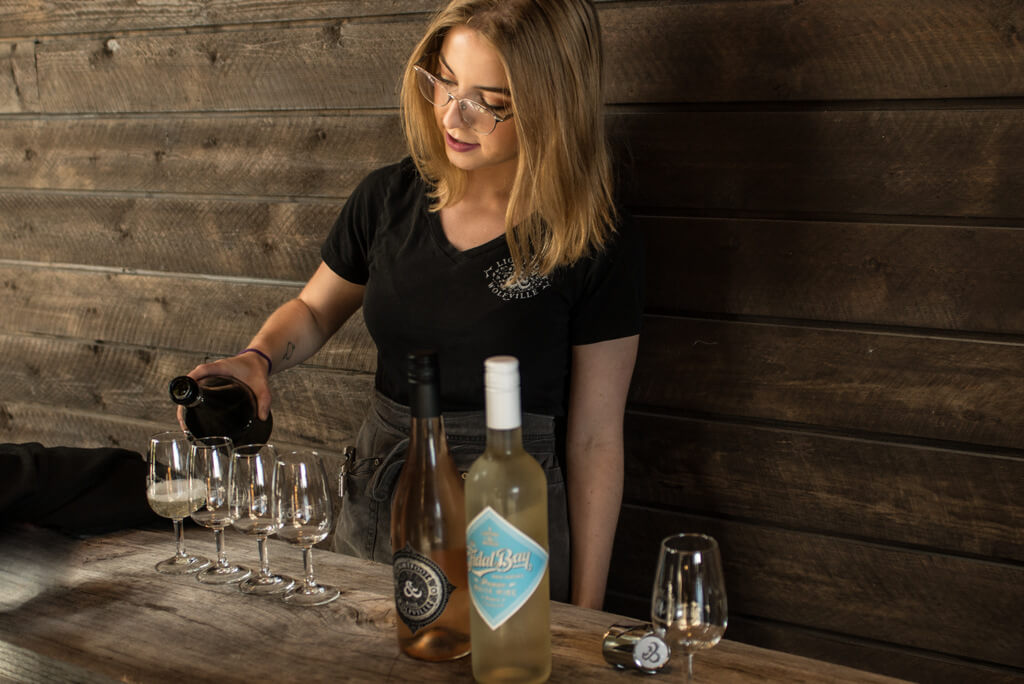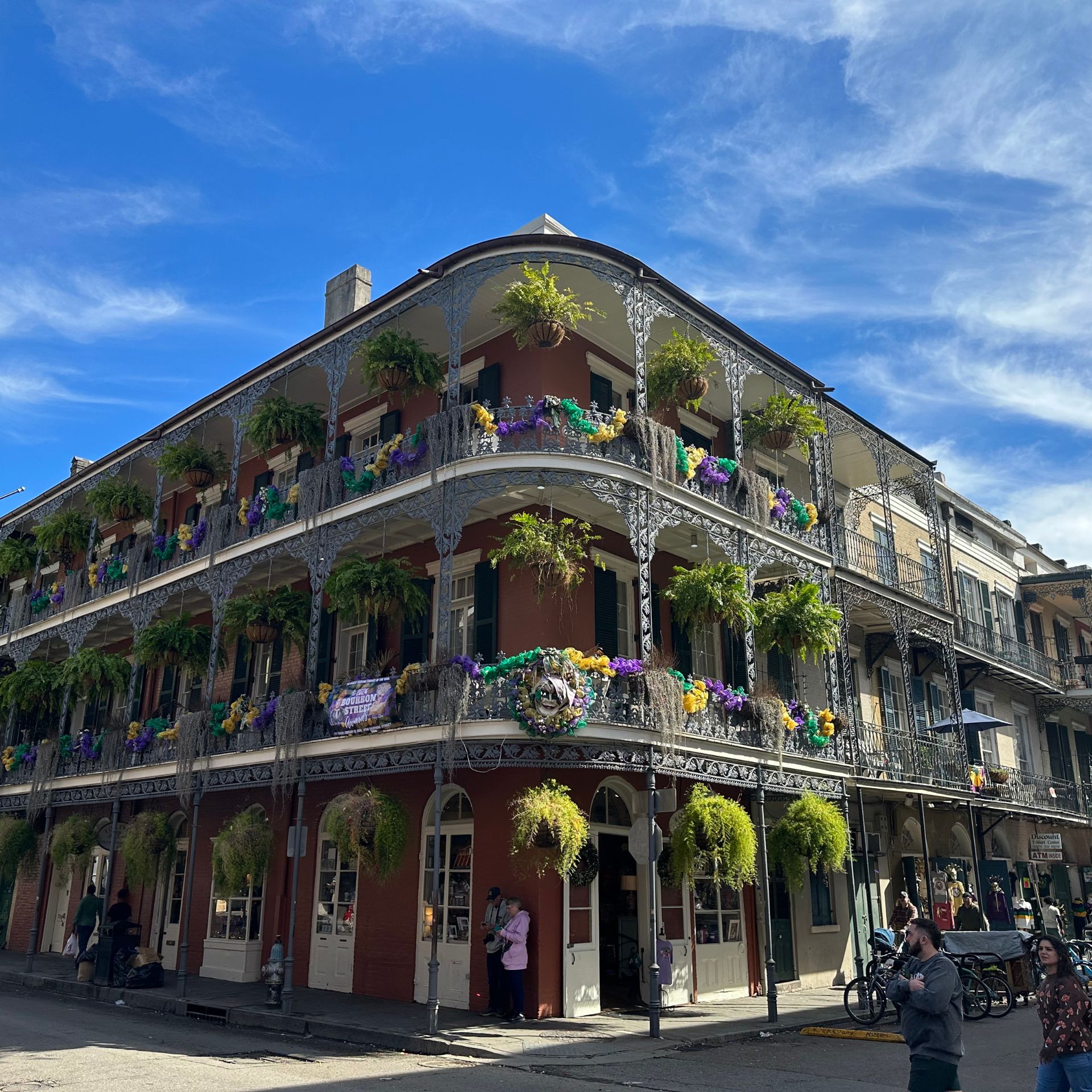With temperatures rising in the past years, climate change has been affecting the wine industry with positive and negative effects. I visited Nova Scotia and found out more about it.
With evidence going back to 7000 BC, wine production is probably one of the oldest traditions in human history. Today, winemakers are fluctuating drastically due to the latest effects of climate change. This is causing that hundreds of years of practice might have to be transformed as soon as possible. Wineries know that, and many winemakers are starting to adapt to these changes. Not only that, cold regions in the northern hemisphere are getting warmer temperatures and are able to produce high quality wines we only used to see in Italy, Spain or Southern France. I visited some wine regions in Nova Scotia and learned more about how local winemakers are adapting for the upcoming future.
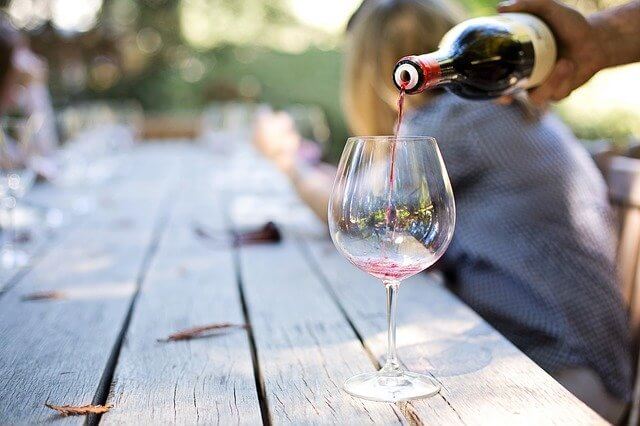
The history of wine is the history of climate change
Climate change is affecting almost every agricultural activity around the world. Heat waves, late spring frosts, prolonged droughts and forest fires are happening more regularly than ever before and are the key topic in every conference about energy, agriculture and development. However, the wine industry is probably the most fragile of them all and at the same time the one keeping up to all these changes more into detail.
Winemakers in Europe have kept track of harvest dates for centuries and with some records going even back to the middle age, important information about the harvesting time period and temperatures were collected for future generations. Scientists and historians found interesting to keep this information too, as they lately used it to analyze how the climate in Europe has changed over time.
Read more: How Finnish food connects culture and nature
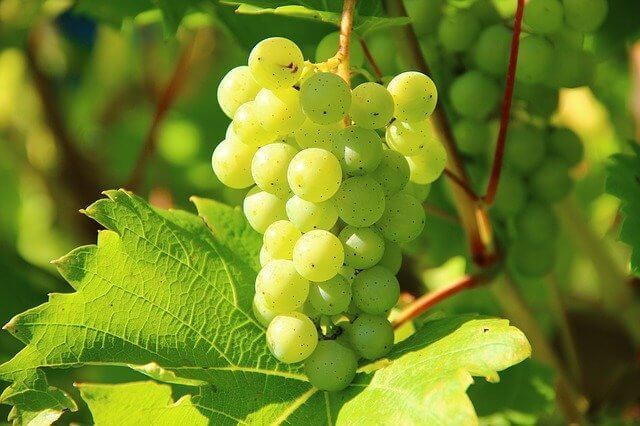
According to the latest Intergovermental Panel for Climate Change (IPCC) report there are hundreds of years of data showing how global temperatures are gradually rising. “Each of the last three decades has been successively warmer at the Earth’s surface than any preceding decade since 1850” the report states.
But It is not only about the fact that global temperatures are gradually rising an average of 0.74 ⁰C per hundred years, but also the frequency of extreme heat waves, which used to happen only once in 800 years.
All these effects are changing the whole wine map very quickly and probably in the next half century we will start seeing new wine regions appearing while others disappearing.
Read more: Eating at Le Palais: Taiwan’s only three-michelin-star restaurant
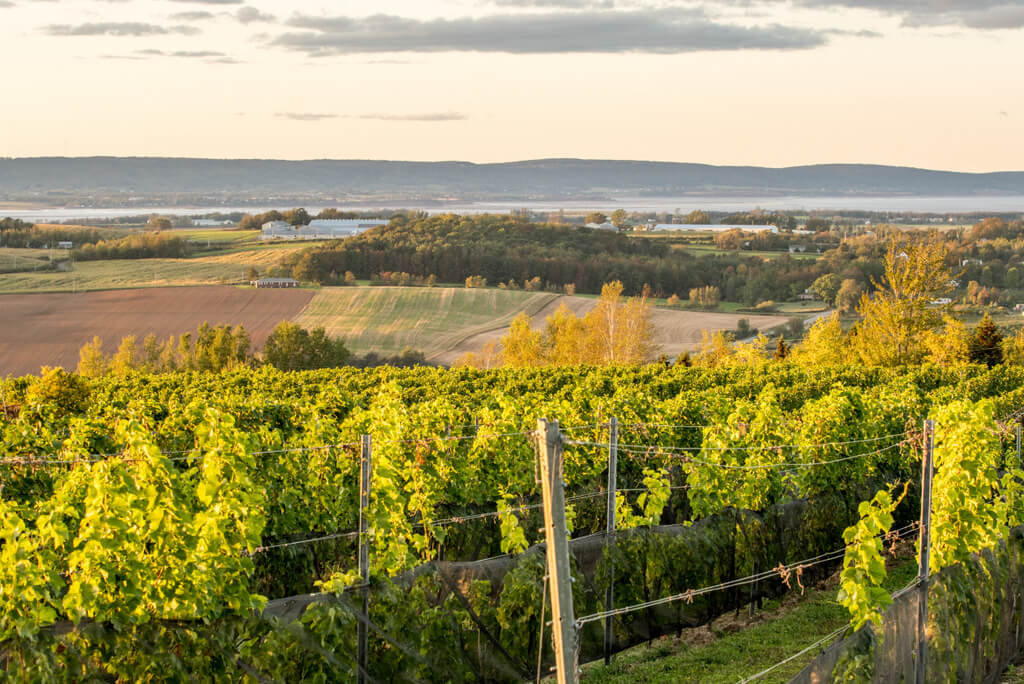
The wine map of the future
In wine production the most critical part is the harvest point. If winemakers wait too long, the vine and the grapes will contain too much sugar inside, meaning the wine will have a higher level of alcohol and will be less wanted on the market. On the other side, if they wait not long enough, the final product might not have the desired aromas and flavors.
Of course, harvesting time, aromas and grape type are completely dependent on the winemaker’s knowledge and the wine region. However, with continuously hot summer seasons in the past two decades, some traditional wineries are encountering unexpected changes more regularly.
Read more: Eating my way through Philadelphia’s cuisine
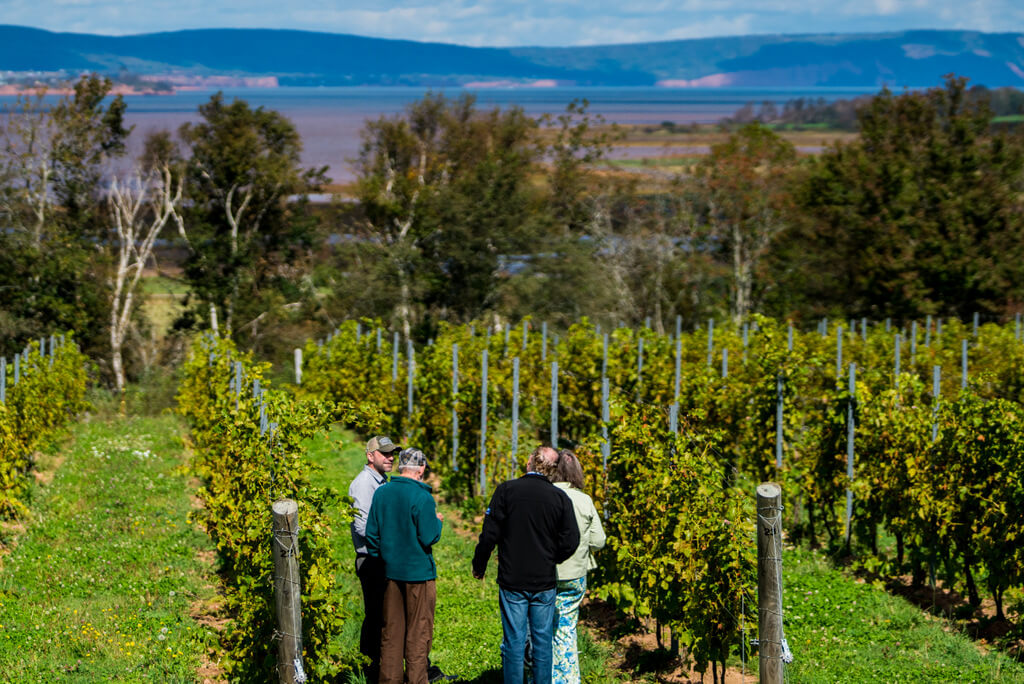
A good example of these effects was how French regions were expecting a 12% drop in its wine harvest size for 2019. In the past two years other effects like sunburnt grapes and late frost caused a lot of issues in the harvesting. These issues lead winemakers to take drastic measures in protecting or moving their fields – something just way too expensive for many farmers.
Simultaneously, there have been also some positive effects for some regions. According to National Geographic, European regions that traditionally had trouble ripening grapes such as Mosel in Germany or Burgundy in France are getting more reliable harvests. This year they were producing larger amounts of uncommon wines and in unexpected places like England sparkling wine started challenging champagne.
Read more: Thai Park Berlin: Thailand’s most delicious contribution in Europe
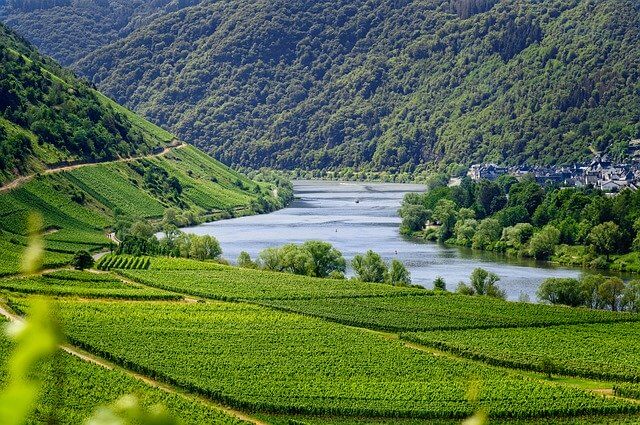
Furthermore, winemakers are now growing grapes in places once considered too cold for fine wines. Hanspeter Stutz was one of these first visionaries in adapting to the upcoming effects of climate change. More than 20 years ago he moved from Switzerland to Nova Scotia, Canada’s easternmost province, and with help of his son Jürg, a Swiss trained winemaker, they founded Domaine de Grand Pré winery .
By implementing Jürg’s knowledge in the relatively unfamiliar Nova Scotian wine region of Annapolis Valley, Domaine de Grand Pré dominated the market very quickly by producing excellent quality of wines and testing different grape hybrids, as well traditional grapes from Europe.
Read more: Road Trip in Nova Scotia – Driving along the South Shore
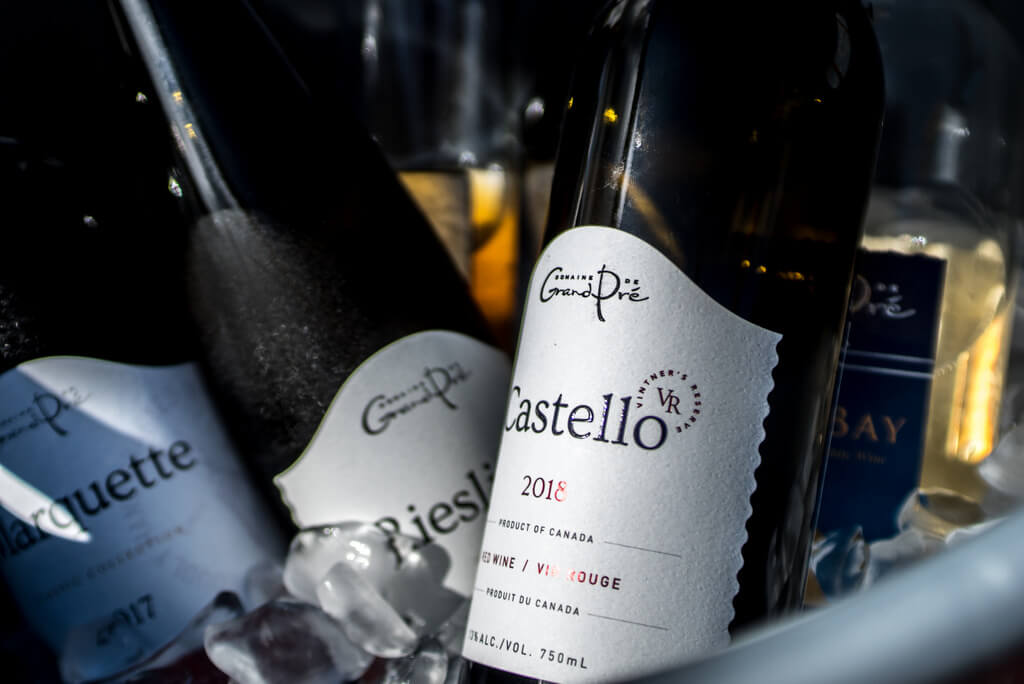
Since them, the wine industry in Nova Scotia has been growing slowly but steadily, and Domaine de Grand Pre has not been the only winery in Nova Scotia taking advantage of the warmer temperatures of the past decade.
Nowadays Nova Scotia is home to more than 18 wineries and vineyards, which are producing wines ranging from traditional method sparkling to icewine. The soil and climate in Nova Scotia are becoming ideal for producing the grapes that result in character-rich and award-winning wines.
“We are now able to produce Rieslings pairing to the quality of Germany and sparkling wine as good as in France” said Hanspeter when I visited his vineyard in Wolfville, Nova Scotia.
Read more: Understanding Nova Scotia’s love for lobster (and 5 places to eat it)
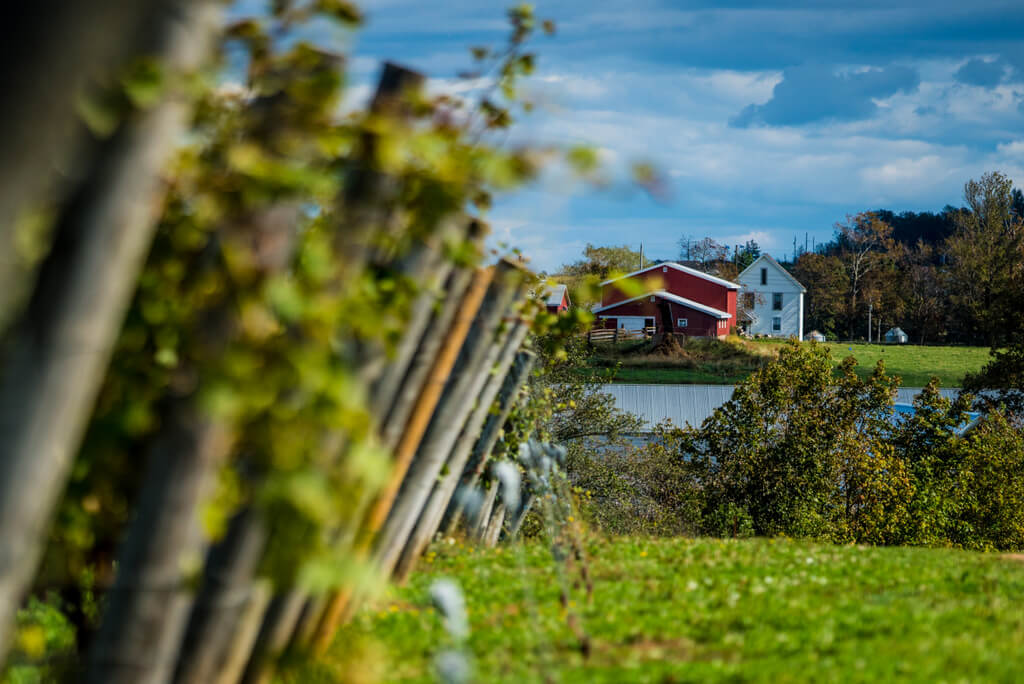
Canadians are starting to see Nova Scotia as an excellent wine region and wine tours are becoming more popular each year. The Winery Association of Nova Scotia also announced a support of the provincial government in 2015 and Nova Scotia is expected to double its wine production by 2020.
In some years we will probably start hearing about wine tours in other parts of Canada, England, Denmark and even Sweden.
In a short term, some of these changes have actually benefited certain regions and Nova Scotia is a great example of that. However, in the long-term complete economies would have to go in a transition of adapting or disappearing – a very dramatic measure in which wine might be just the beginning.
Read more: Why do Germans drink so much sparkling water
